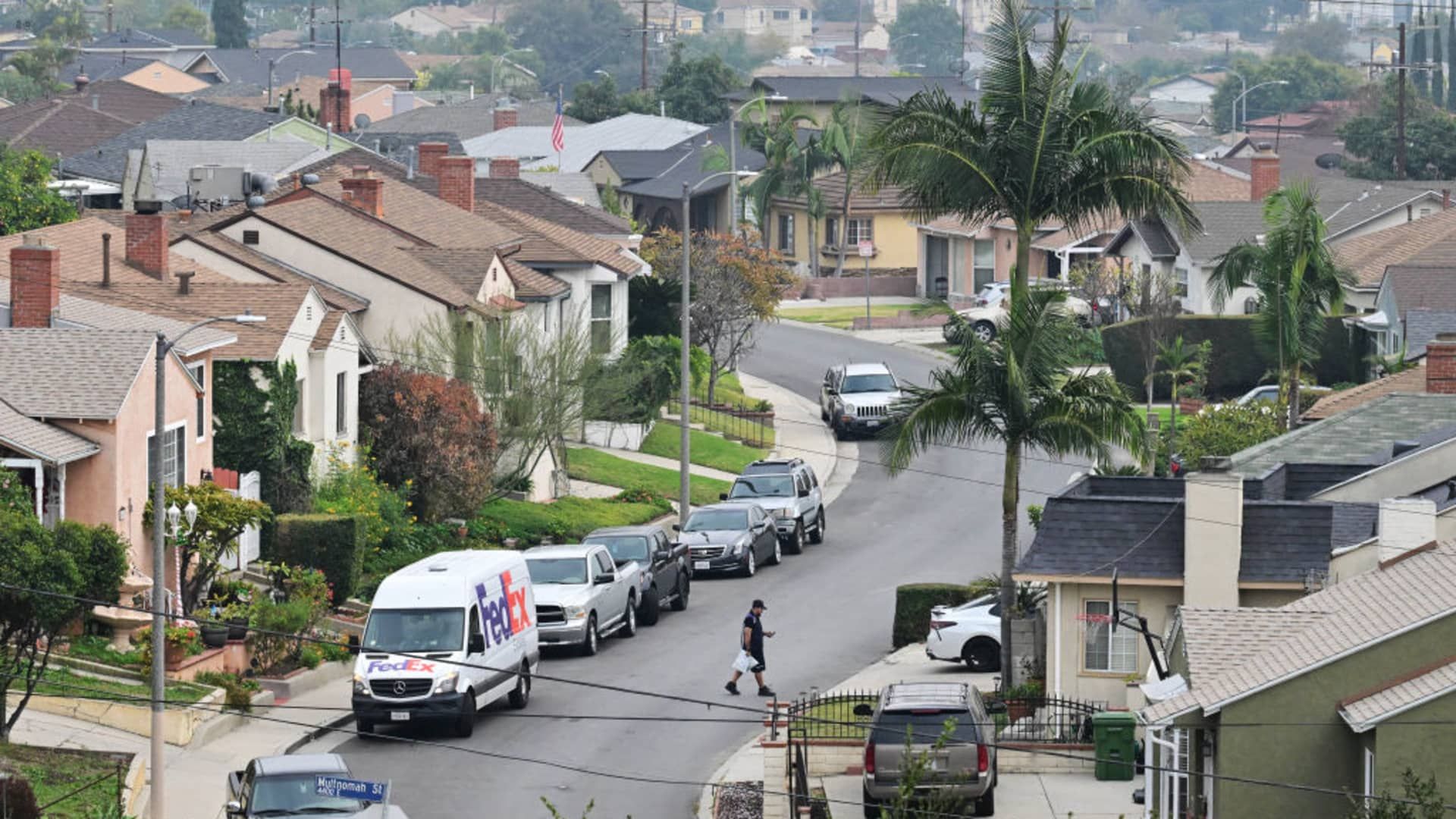Home prices set another record in April, even as mortgage rates rose and the supply of homes for sale increased. Normally, under those circumstances, prices would weaken, but the current housing market is unlike any other in recent history.
Prices in April rose 6.3% compared to the month a year ago, according to the S&P CoreLogic Case-Shiller National Home Price Index. It is the second month in a row that the national index jumped at least 1% above its previous all-time high.
Although this is a three-month moving average, it's important to note that those price increases come even as the average 30-year fixed mortgage rate rose sharply in April, from 6.9% to 7.5%, according to MortgageNewsDaily.
“2024 closely follows the strong start seen last year, where March and April saw the biggest rise seen before a slowdown in the summer and fall,” said Brian Luke, head of commodities, real assets and digital at S&P Dow. Jones Indices. in a press release. “Looking ahead to summer, the market is at an all-time high, once again testing its resilience against the historically busiest time of year.”
The only potential sign of relief is that the price index's annual and monthly gains are slowing a bit. The annual gain for March was 6.5%.
Still, it fuels what is now one of the least affordable real estate markets in American history, both for owning and renting. The housing cost burden has reached a record high, according to a new report from the Harvard Joint Center for Housing Studies.
Home prices are now 47% higher than at the beginning of 2020, and the median sales price is now five times the median household income, according to the study.
For renters, although rental growth is slowing due to a large increase in new apartments this year, prices are still 26% higher than in 2020 and rising in three out of five markets.
Half of all renter households (more than 22 million) spent more than 30% of their income on housing, which the HJCH considers “cost-burdened.” Twelve million of those households spend more than half of their income on rent.
For homeowners, 20 million is considered costs charged by their monthly payments.
All of those cost-laden levels represent records.
Homeowners also face a sharp increase in insurance premiums, an average increase of 21% between 2022 and 2023, according to the HJCH report, and property taxes are also increasing.
Prices continue to be supported by an imbalance between supply and demand. Housing supply was already low before the Covid pandemic hit, because builders had not yet recovered from the 2008 financial crisis. Then came a pandemic-induced real estate run, causing supply to drop to lows. historical for several years. Homebuilders couldn't keep up.
Supply is now increasing, with new listings in April up 11% over March, according to Zillow, and up 16% over April 2023. That pushed total inventory for sale up by 18% year over year. While this may seem like a lot, supply is still quite tight, especially compared to strong demand.
“The sudden and rapid rise in mortgage rates in April put housing affordability even further out of reach for many potential buyers, while some who could still afford it held off,” said Zillow senior economist Orphe Divounguy. , it's a statement. “As a result, the share of listings with a price cut soared to 22.4% in April, the highest rate for April in the past six years, and a significant increase from 17.2% a year earlier.” .
But he added that despite the relative slowdown in April sales, well-priced homes sold in just 13 days, just three days less than in April 2023.
In May, inventory increased to 3.7 months' supply. A six-month supply is considered a balanced market between buyer and seller.









